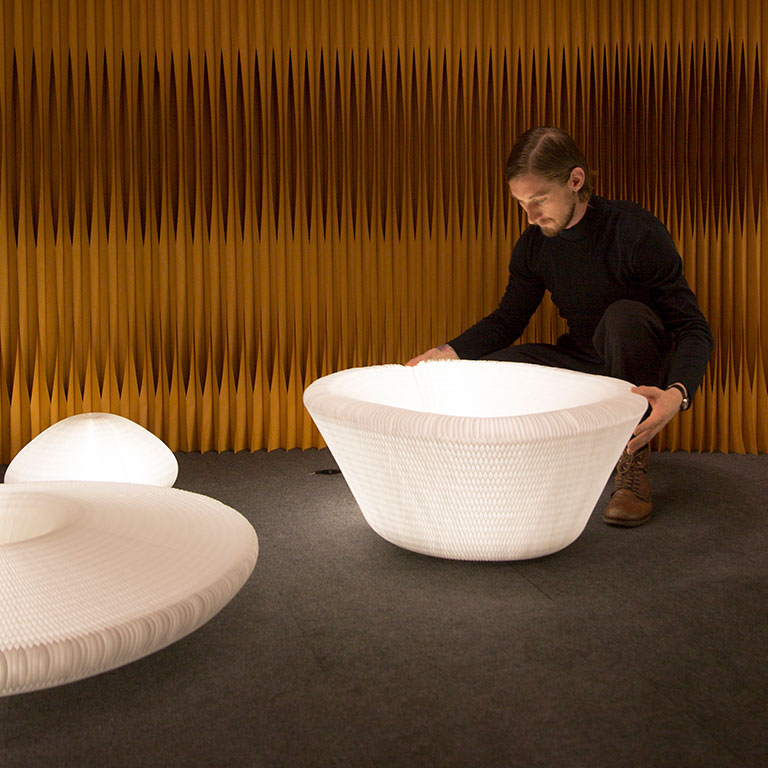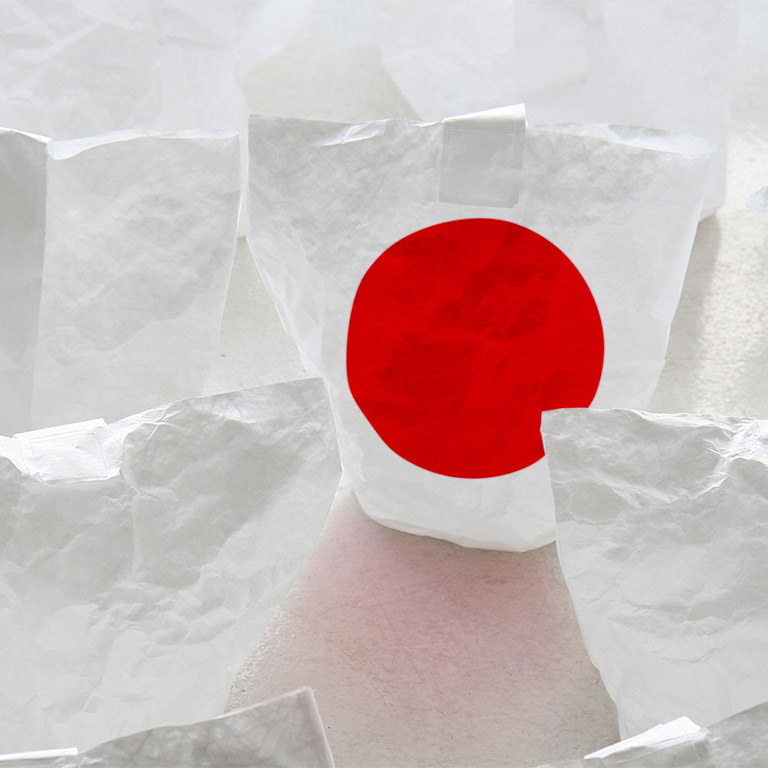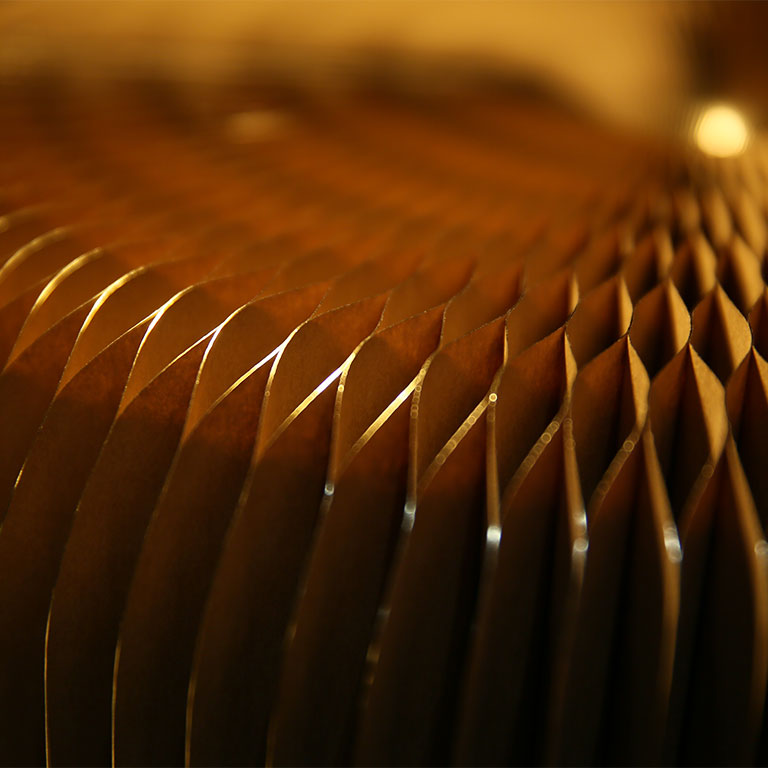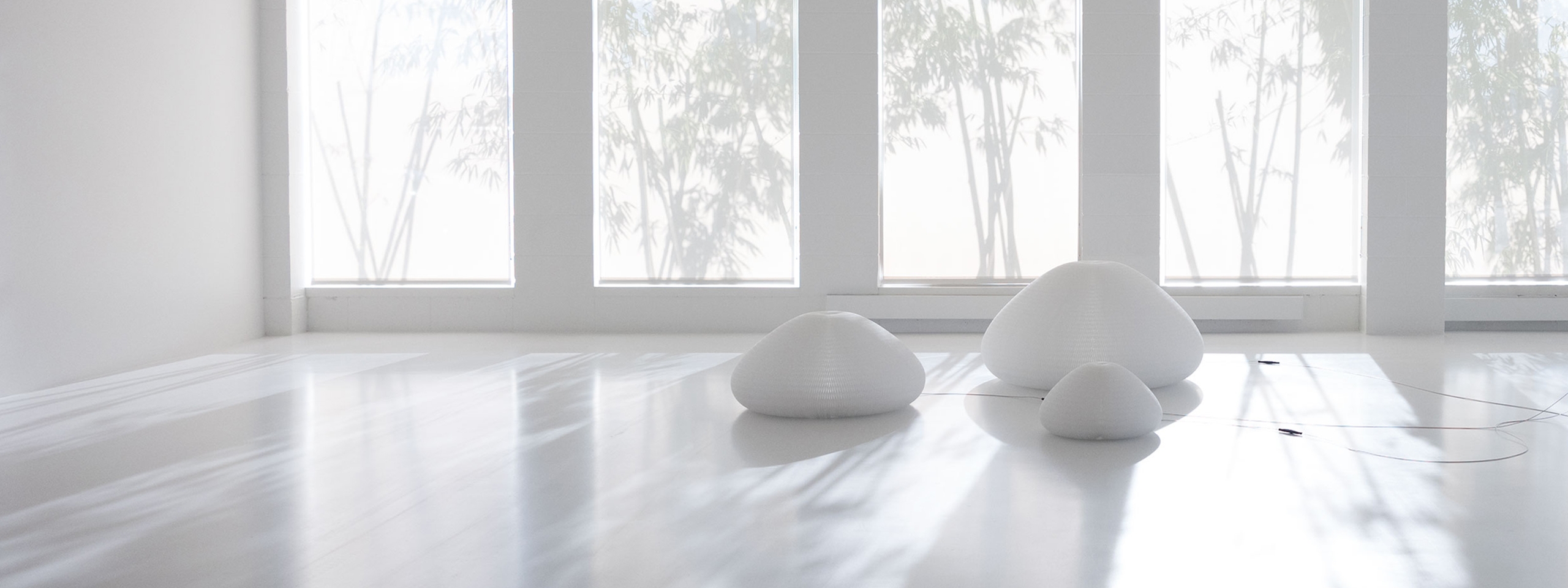
urchin softlight and molo’s design philosophy
molo’s products seek purity. As prototypes are built, as craft improves, as technology evolves or new materials are explored, products experience refinement. With each refinement, the design approaches that purity. The recent evolution of urchin softlight is an interesting study on how Stephanie Forsythe + Todd MacAllen use iterative design to shape and develop molo’s products.
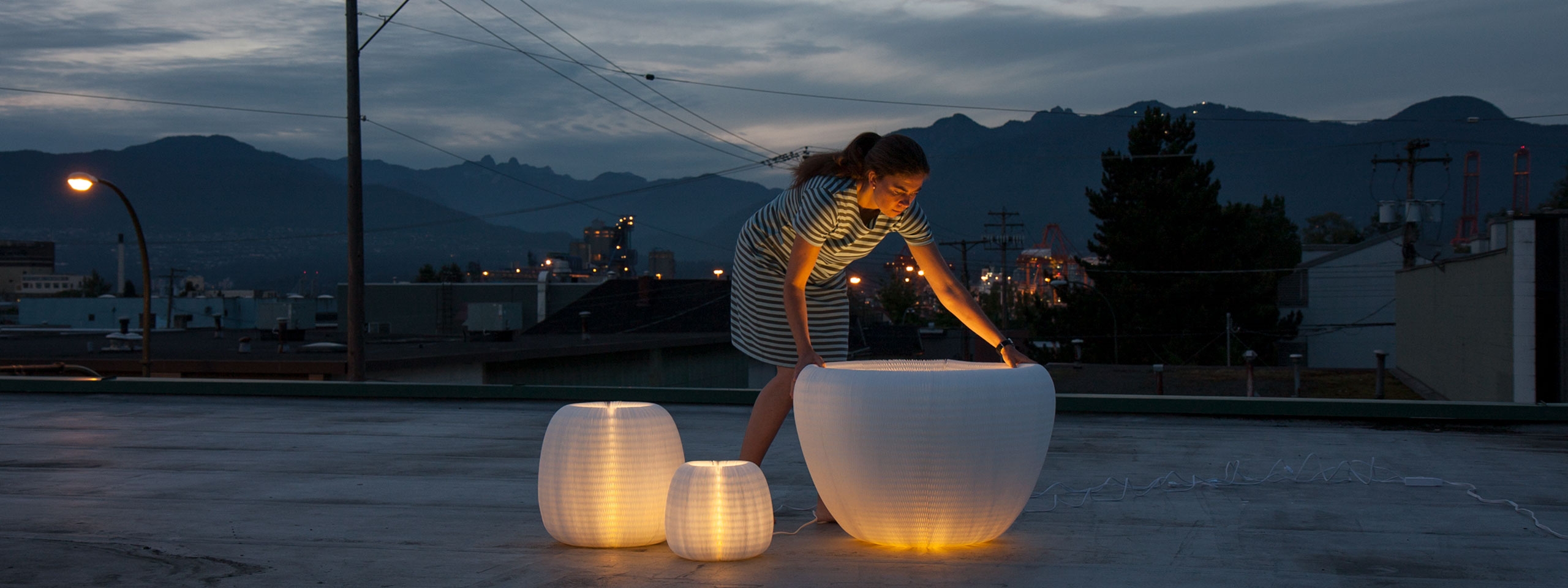
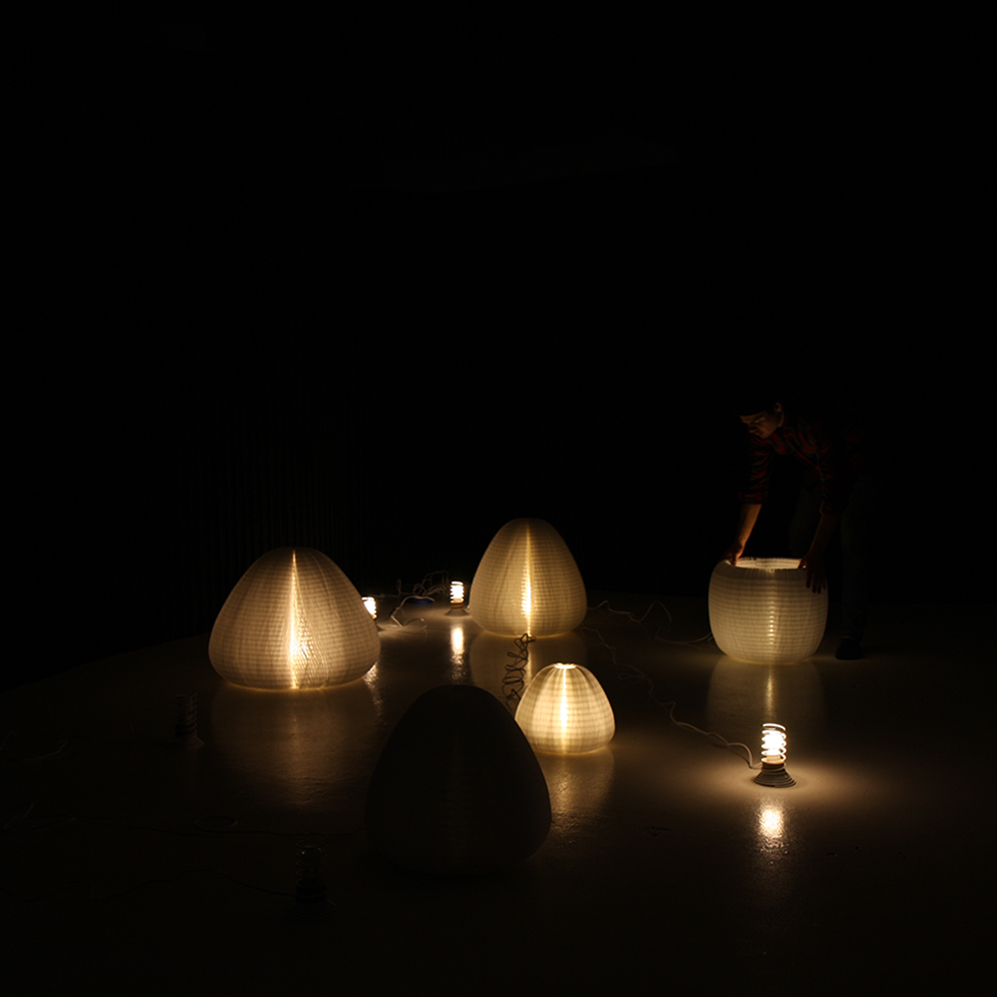
first generation of urchin softlight
the original urchin, released in 2006, enclosed a fluorescent lightbulb gripped in a coiled base. The shade featured a geometric cut that created a family of shapes reminiscent of church bells and sea creatures. It was deserving of its name, playfully engaging and subtly beautiful but limited in its movement by the light source.
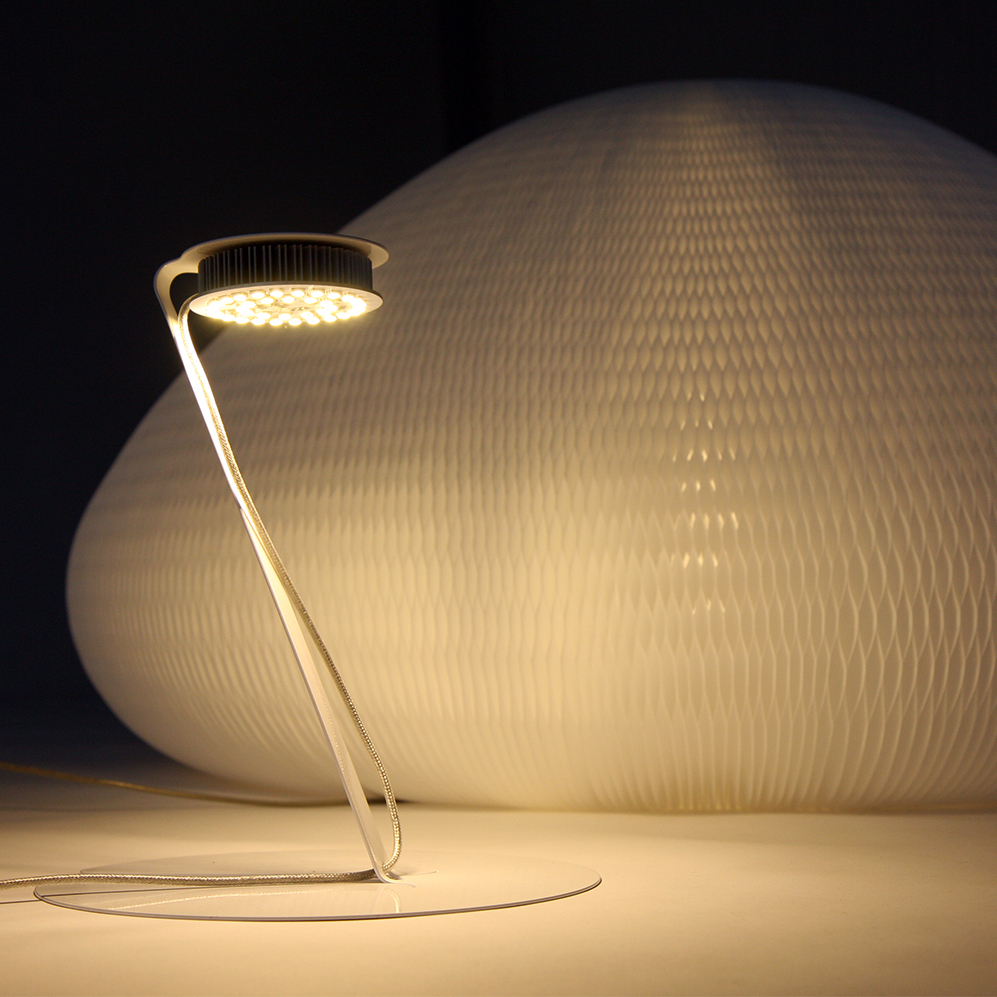
second generation
when a flurry of advancements improved the cost, efficiency and quality of LED, molo developed a new lighting system. Using an array of LEDs on a steel armature, the textile shade had increased freedom to move and shift. The armature was folded so that the light would shine onto a reflector and diffuse more evenly through the shade's honeycomb structure. Changing an urchin’s shape would also change the direction and quality of the light, offering poetic means of shaping space.
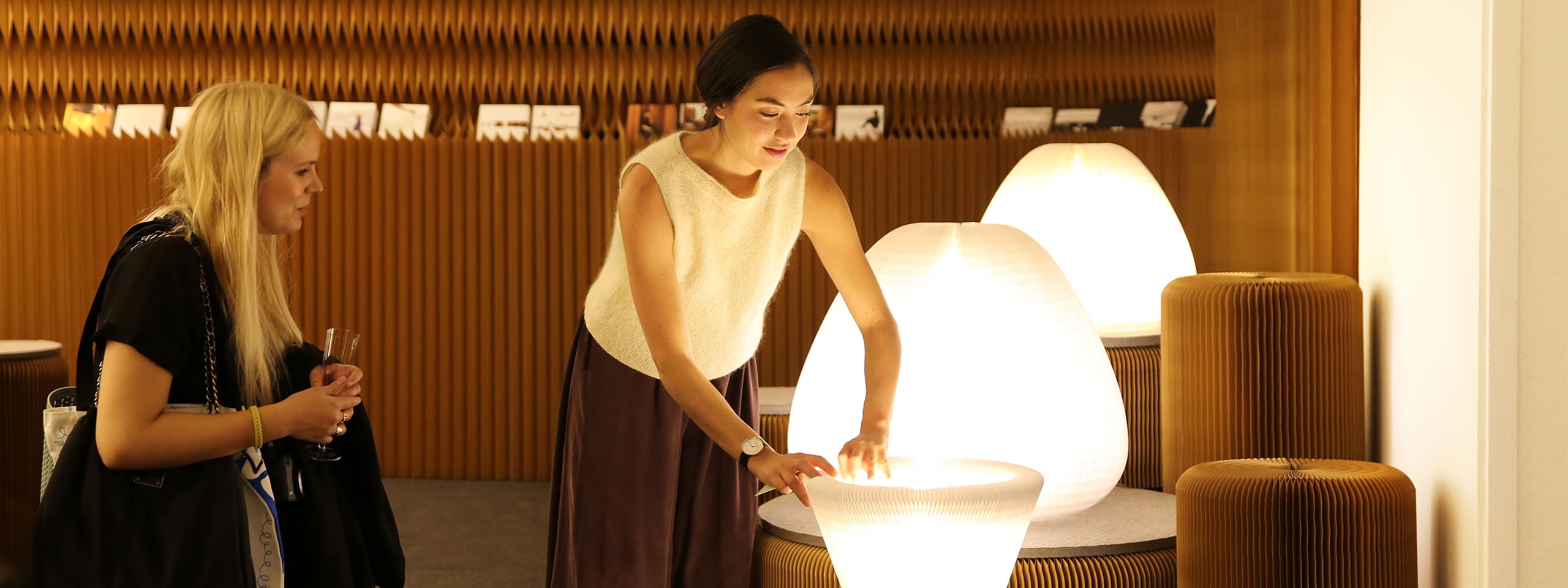
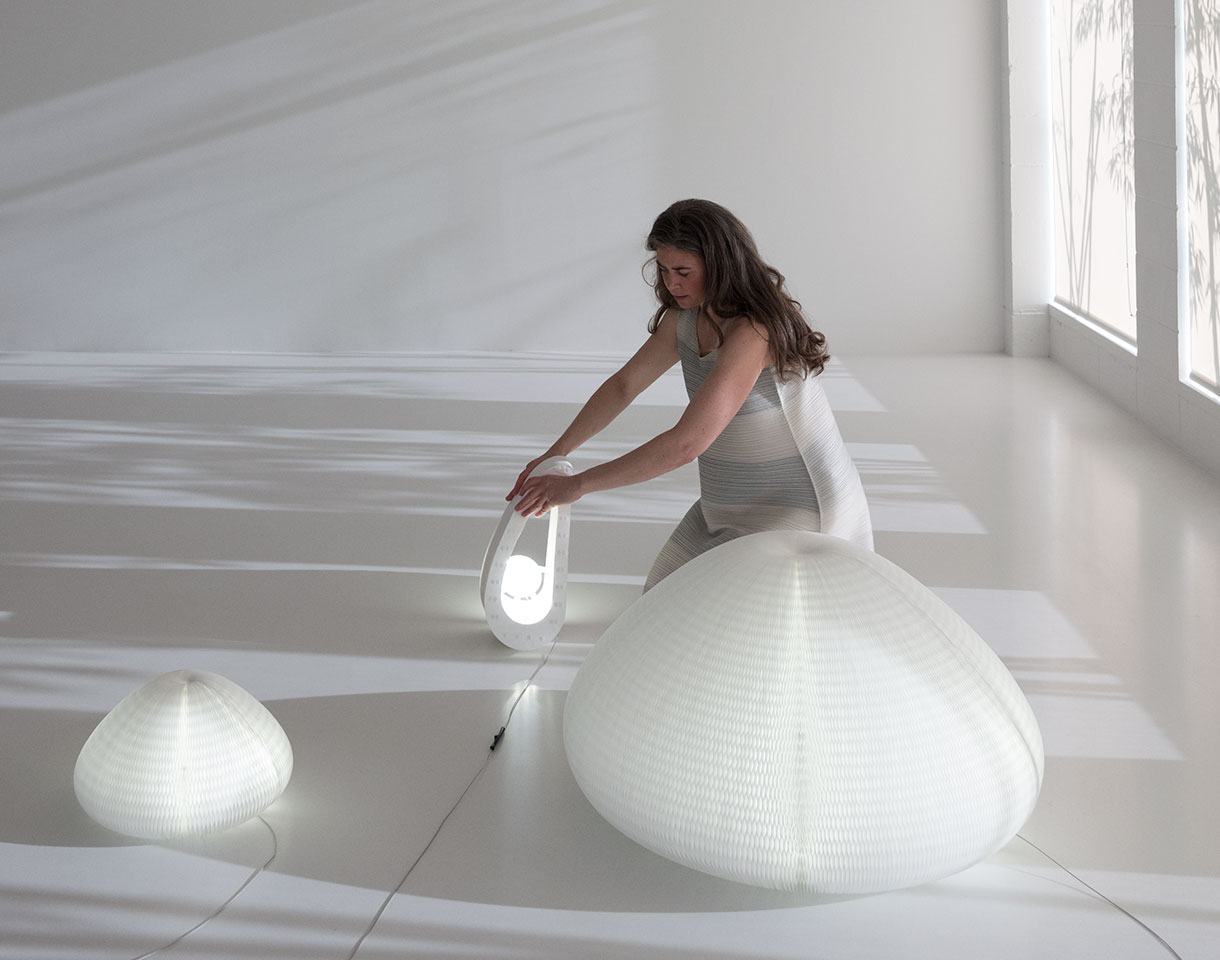
current generation
urchin's most recent iteration, which premiered at ICFF 2017, features an integrated light source and hidden magnetic connectors. These developments were significant leaps towards achieving a simple purity of form and experience.
by using a system of LEDs that connect to the shade, urchin’s movement is completely unencumbered. It can flow in and out of different forms, turn inside out or flip around and always transmit the same gentle glow. It becomes a subliminal lesson in complex geometry, an opportunity to learn and experience as a child might.
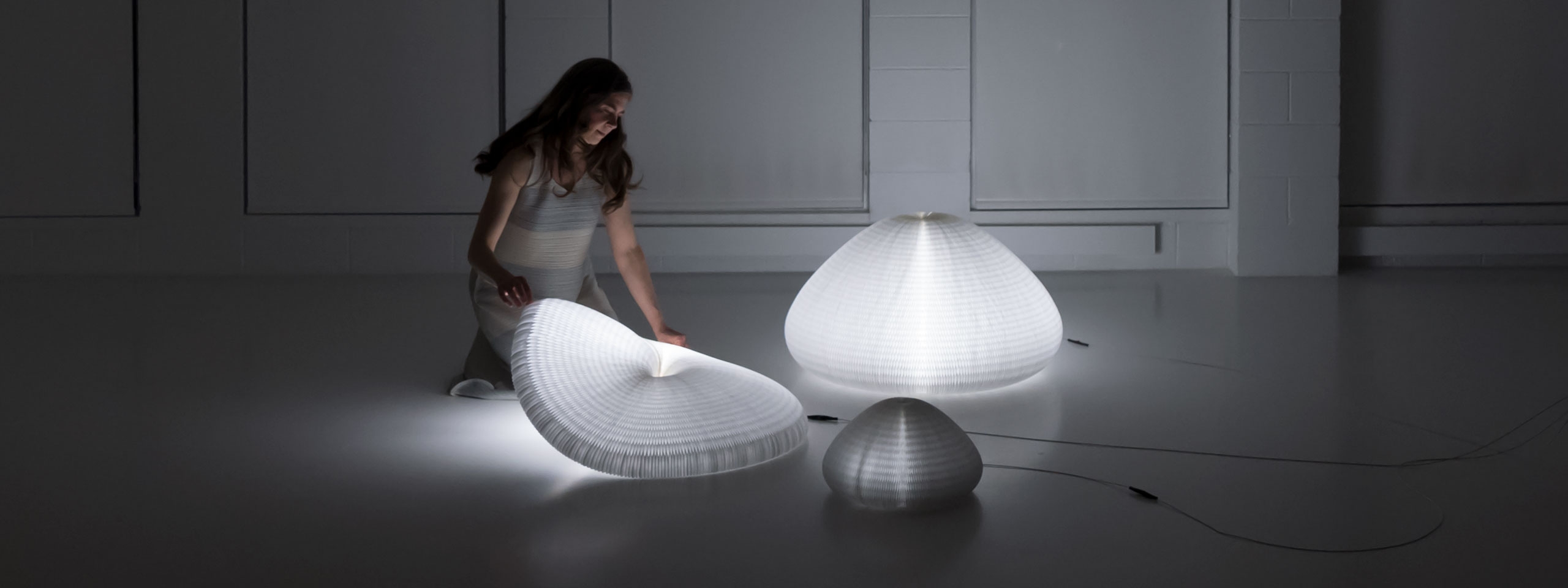
iterative design
the core of iterative design is the acknowledgement that each generation of a product may be the result of many points of learning. urchin evolved through a willingness to take each lesson and apply it to the next test or prototype.
working in close collaboration with craftspeople and manufacturers allows a relationship of learning and trust to develop with time. Within that relationship there is space to suggest ideas, to achieve common goals and establish new ones, and to occasionally fail. A successful, considered product is the result of establishing reasonable expectations, acknowledging the possibility of failure and then continuing with the work.
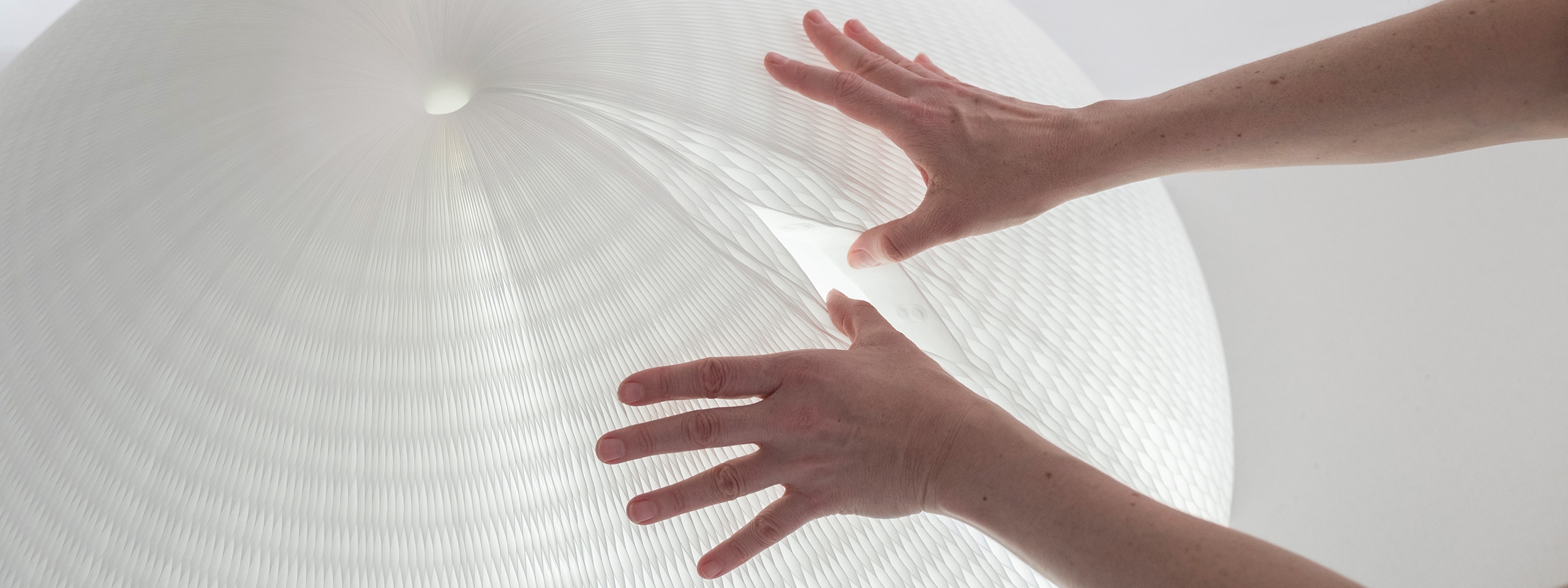
the magnet system that forms a natural, hidden clasp for the new lamp is a wonderful example of this process. As improvements in technology, skill and craft come about with time, they create opportunities to refine the design. Each generation of urchin was marked by a moment of confidence and excitement in the evolution of the product, and this magnet system sparked such a moment.
it takes awareness of all levels of production and a dash of ambition to ask, “Are we ready to make this next change?” Posing that question created the next push, the next established goal. It led to a lamp that is true to its form and intention, the result of a highly considered approach to what exists within a beautiful shell.
